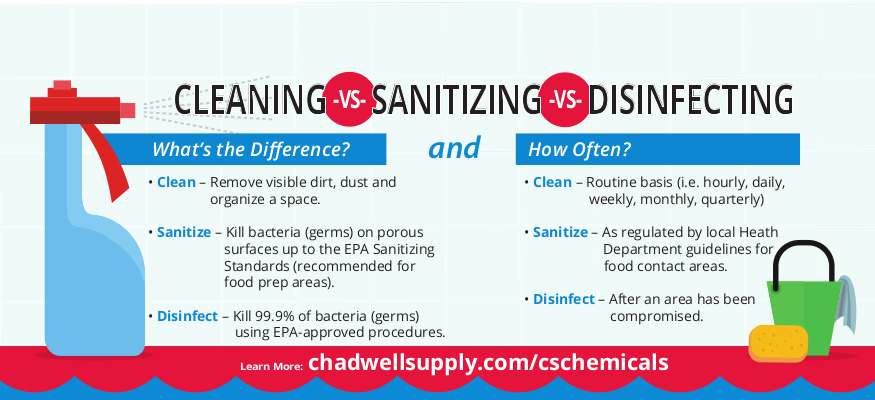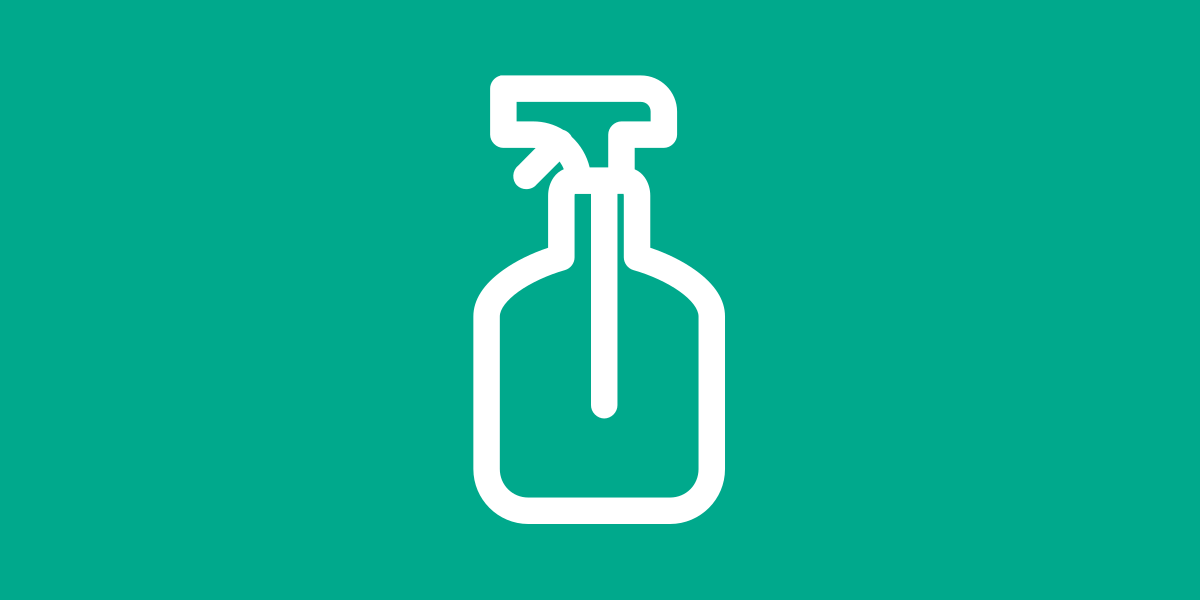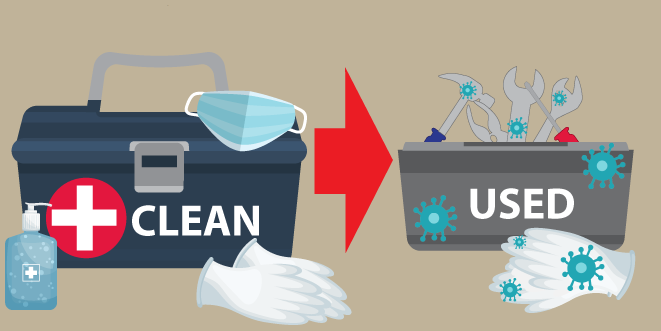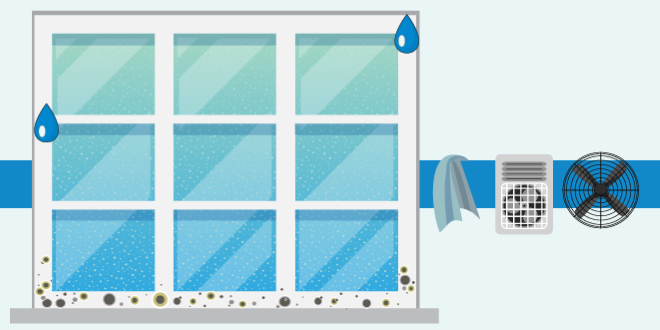Cleaning vs. Sanitizing vs. Disinfecting
What’s the difference and how often should it be done?
Since COVID-19 reared its head, we have been focused like never before on cleanliness and sanitation. Whether it’s the space within our personal six-foot social-distance zone, our desk and office or shop, our property’s common areas, and even our own homes, disinfecting is always on our minds these days. Multiple procedures have been added to already busy days in order to keep shared areas safe and virus-free as much as possible. We clean, sanitize, disinfect, and then do it all again.
While they may sound the same, cleaning, sanitizing, and disinfecting involve very different products and processes. Especially as we fight coronavirus, the distinctions are critical.
Cleaning
Cleaning simply means addressing any areas that are visibly messy due to dirt, dust, or lack of organization. Cleaning should occur regularly in order to maintain a professional and nice appearance of the property. It may or may not involve chemicals; however, even a thorough cleaning will likely leave traces of germs and viruses. This is why more thorough methods are necessary.
Sanitizing
Sanitizing goes above cleaning to ensure the area in question is safe and germ-free and must use a chemical to do so. The frequency of sanitization required in certain situations is often dictated by local Health Department guidelines. Restaurants, for example, must follow very specific guidelines and be able to demonstrate compliance. With the heightened awareness of residents, prospects, and management, additional sanitization is expected and more strictly enforced for the common areas of properties than it may have been in the past.
To sanitize surfaces throughout the property, use appropriate chemicals and use them correctly. Not all cleaning products are approved sanitizers as defined by the EPA. A product that does not have an EPA designation as being approved for sanitizing the surface type, may not be effective at killing the germs and bacteria and may leave residents and staff vulnerable.
Disinfecting
Disinfecting involves extra steps and should be done when an area has been knowingly contaminated. It is wise to disinfect surfaces or areas if there is a suspicion of or known contamination.
A thorough disinfecting will kill virtually all bacteria and germs on the surface. In order to do this, products that are EPA-listed as disinfectants must be used. More importantly, the instructions for the product must be followed. In many cases, this will involve allowing for time for the product to dry on the surface in order to kill bacteria. Disinfection is typically a more intensive process but is crucial for keeping communities safe from the spread of COVID-19 and other harmful organisms.
For more cleaning tips, information, and more about cleaning and disinfecting products we carry to help keep your property sparkling and safe, visit Chadwell Supply Chemicals.







